How it's Made
About Pure Maple Syrup
From Tree to Table
The maple syrup production process gets its start from one of nature’s true phenomena. In springtime, when the nights are below freezing, water from the soil is absorbed into the maple tree. During the day, warmer temperatures of about 40 degrees Fahrenheit create pressure that pushes the water back down to the bottom of the tree, making it easy to collect the precious maple sap. The sap is gathered over 4-6 weeks, usually between early March and late April, according to the region.
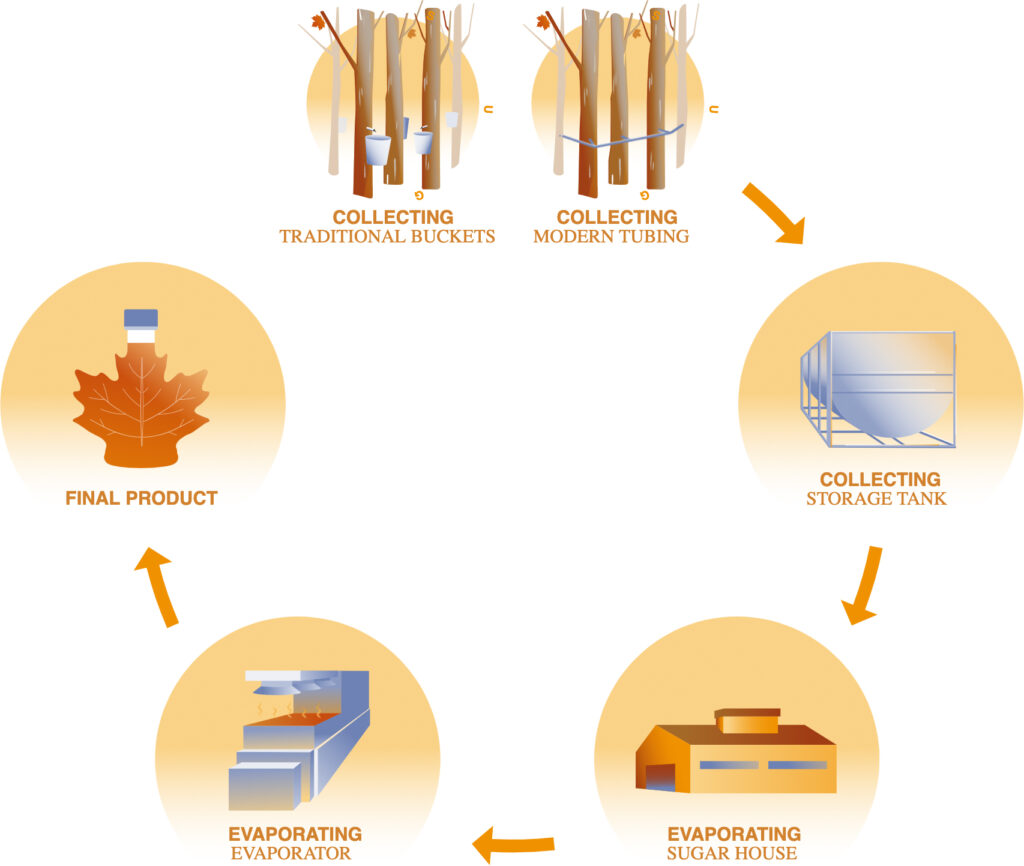
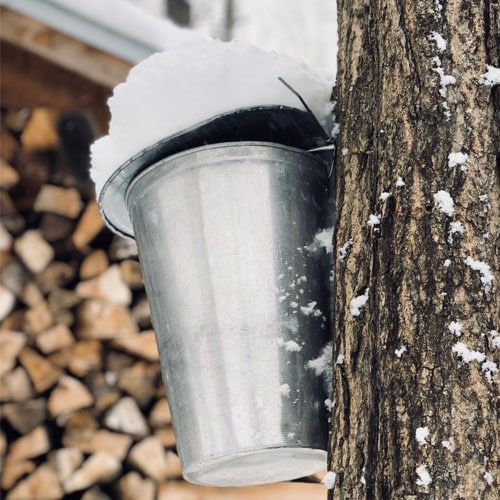
Maple Tree Tapping
How many times you can tap a single tree is calculated based on the tree’s diameter, health and growth rate. Any maple tree measuring about 8 inches in diameter or more can be tapped. Larger trees can be tapped more than once (for every additional 20 cm) during maple harvest season, up to a maximum of three taps per tree and season. With these regulations, the tapping does not affect the growth of maple trees.
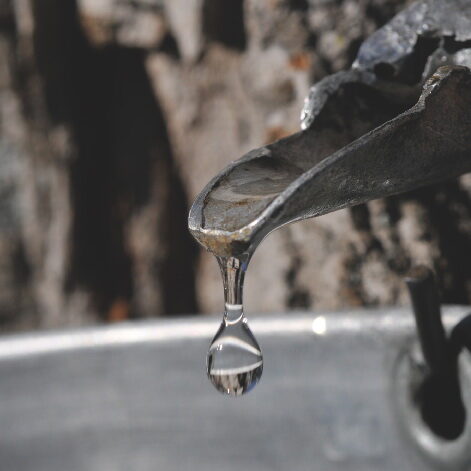
Collecting the Sap
The sap suitable for maple syrup comes from only two species: the sugar maple and the red maple. In summer, trees generate sugar through a reaction with the sun called photosynthesis, converting light energy into chemical energy. This sugar content allows the tree’s cells to breathe, promotes its growth, and accumulates in its roots as starch for the winter’s sleep. When spring thaw comes, temperatures vary between night and day, making the sap flow up and down within the tree.
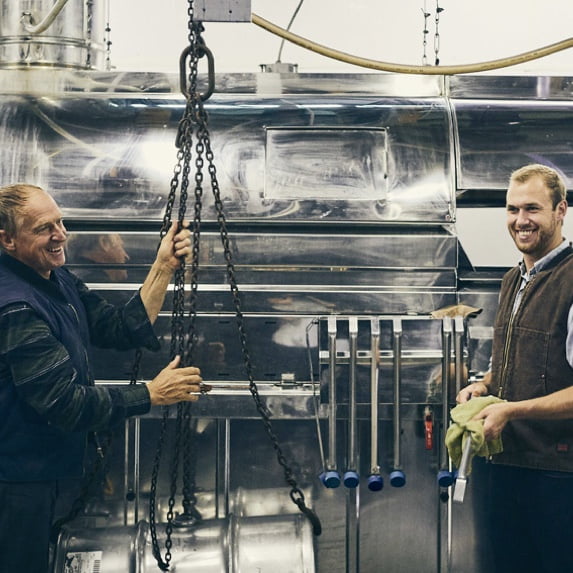
Maple Syrup Evaporation
After harvesting in the maple woods, the sap is transported to a sugar house where it boils down to become real maple syrup. During cooking, storage tank pipes feed sap to a long and narrow ridged pan called an evaporator. As it boils, water evaporates and becomes denser and sweeter. Sap boils until it reaches the density of maple syrup. About 40 liters (10.5 gallons) of sap boil down to one liter (about .25 gallons or one quart) of pure maple syrup. For other maple products – butter, taffy, or sugar – the sweet syrup is further boiled in the evaporator to the temperature necessary to produce the different types of maple products. After evaporation, the finished products get bottled or canned, and are shipped to their final destinations.
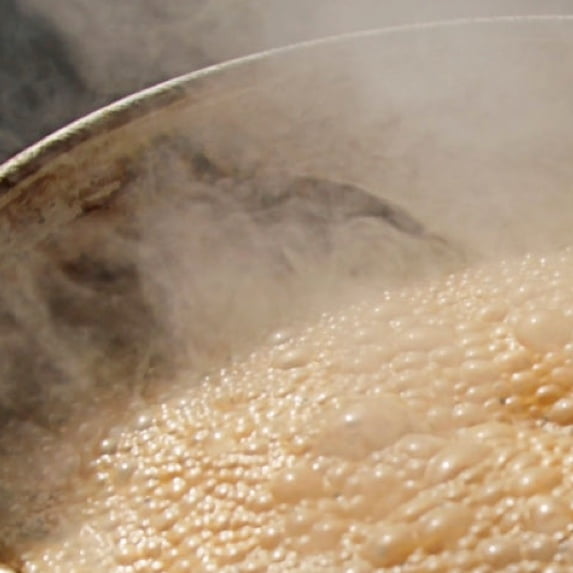
The Maillard Reaction
It is during the evaporation of sap that more remarkable magic takes place: the chemical process called the “Maillard reaction.” The amino acids in the sap react with its sugar, causing it to brown. This is its transformation into syrup, another natural phenomenon that produces the unique flavor of maple syrup, along with its desired color, aroma, and antioxidant properties.
